(La Roque d'Anthéron, 1777 - Paris, 1841)
Ruins of the Colosseum in Rome
Oil on canvas
H. 73 cm; W. 62 cm
Signed and dated lower left 1830
Exhibition: Paris Salon of 1831, under number 783
Born on the banks of the Durance, it was in Aix that Auguste de Forbin was trained in drawing, in the school of Jean-Antoine Constantin (1756-1844), alongside François-Marius Granet, who was his friend for life. After an adolescence in Lyon during which he received lessons from Jean-Jacques de Boissieu, he went to Paris during the Directory and, after a brief stint with Jean-Louis Demarne, joined David's studio, still in the company of Granet, and began to exhibit at the Salon in 1796 with a drawing; The paintings he presented at the Salons of 1799, 1800, and 1801 were well received. With Granet, Forbin went to Italy in 1801, but unlike his friend, he only stayed there for three years, long enough to gain popularity at the Bonaparte court and become the lover of Pauline Borghese. After a brief return to Paris, he participated in several military campaigns in Spain and Portugal between 1807 and 1809, then returned to Italy, notably to Naples and Sicily. At the Restoration, he was appointed director of the royal museums following Vivant-Denon, a position he retained under Louis-Philippe; His main successes, thanks to his great diplomatic sense, were to retain in France the masterpieces stolen under the Empire (such as Veronese's The Wedding at Cana) or coveted by the victors (such as David's The Rape of the Sabine Women), and to bring important innovative paintings such as Géricault's The Raft of the Medusa into the museum. These administrative functions did not prevent him from continuing his activity as a painter and participating in all the Salons until his death. He also continued to travel, undertaking a two-year trip to the Levant in 1817, and another to Sicily in 1820, the accounts of which he published. In our painting, Forbin rediscovers Granet's taste for Italian architecture, with compositions often quite enclosed by high walls in golden tones, and small but luminous glimpses of the sky, thus creating pronounced chiaroscuro effects. His taste for ruins and crypts, originally treated in a historical and medieval vein, becomes here more romantic and picturesque; the presence of a shepherd and his few animals indicates the state of abandonment of the Colosseum, invaded by anarchic vegetation. At this Salon of 1831, one of those where he achieved the most success, Forbin exhibited nine paintings, including several views of Syria and Palestine, and another Roman subject, View of the Saint-Paul Gate in Rome; Morning Effect. At the Salon of 1835, he will present a Chapel in the Colosseum in Rome, a very somber scene today preserved in the Louvre, and for which Granet will execute the figures (which does not seem to be the case for our painting).













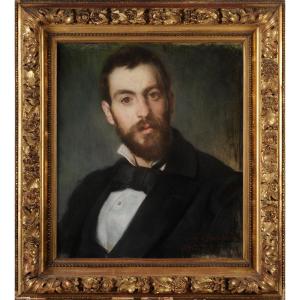









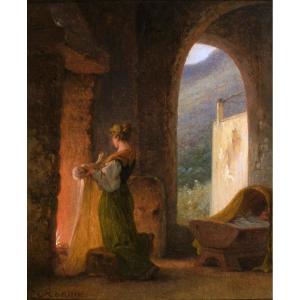



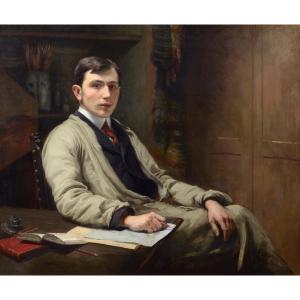
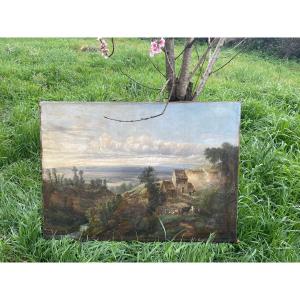


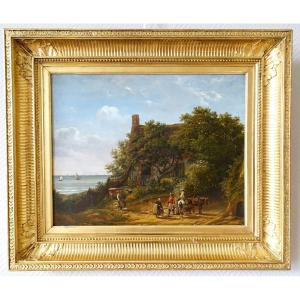




 Le Magazine de PROANTIC
Le Magazine de PROANTIC TRÉSORS Magazine
TRÉSORS Magazine Rivista Artiquariato
Rivista Artiquariato